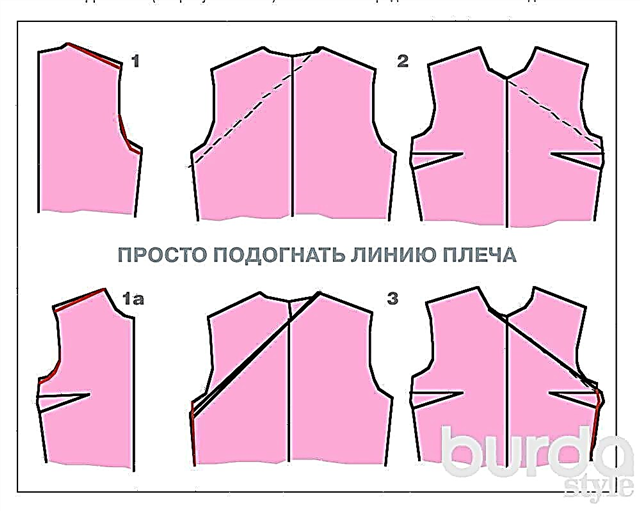Share
Pin
Tweet
Send
Share
Send
With different markers for the fabric, you can apply markings, which then disappear on their own, make indelible drawings and inscriptions, and even wipe details.
1. Markers for marking fabric
The essence of markers for marking the fabric is that the line that they put on the material, one way or another after that is removed. Such markers can be, for example, bilateral: one side writes, the other erases. Another option is self-disappearing markers: they give a line that after a certain time (on average 24−72 hours, the period is indicated on the package) disappears by itself. The third type is water washable markers: to remove the markings they have applied, the fabric needs to be washed in cool water or wiped with a damp cloth or sponge.
Photo: craftsy.com
It is important for all types of marking markers: be sure to check how the marker works on an unnecessary piece of fabric from which you will sew. Do not expose marked fabrics to direct sunlight, iron them or rinse them off with hot water. Better not use these markers on your skin or suede. But they are very convenient for thin light fabrics, where other markings can be seen through, for marking canvases or contours when embroidering, for marking the face of the fabric (for example, when you mark out the location of buttons).
Methods for marking the details of the pattern on the fabric
2. Markers for painting fabrics
Such markers, as a rule, are permanent: the drawing or inscription applied by them is firmly fixed on the fabric and can withstand washing. First of all, these markers are used for artistic painting of fabrics, but you can find them for purely utilitarian use: for example, put labels on a child’s things so as not to get lost in kindergarten, or mark the composition of the fabric on a flap. You can draw and write with textile felt-tip pens on cotton, linen, silk and other fabrics: markers of some types are suitable only for certain materials, there are universal ones.
Photo: mamookids.com

Photo: thecreativityexchange.com

Photo: simpledetailsblog.blogspot.com
There are markers with a thin rod that give an even contour line, there are wide markers (they are good for drawing with children), and there are with a tip in the form of a brush. You can buy a set of several colors or choose markers of the desired shades one at a time. Markers are translucent or give a dense coating, neon or metallic ... Opportunities - the mass, the main thing - always carefully read the instructions on the packaging of textile markers. After processing some of them, the thing needs to be dried for three days, a drawing made by others requires fixing with an iron, and so on. In any case, it is better to wash a thing with a pattern with such markers at a temperature of no higher than 40 degrees, without using bleaches.
3. Thermal transfer markers
The felt-tip pen for thermotranslate motives is used to transfer the pattern to the fabric. For example, you find a picture with a motive for embroidery on the net, in a book, magazine, or - why not? - drew it yourself. A thermal transfer marker will help to quickly transfer the pattern to the fabric.The picture with this marker should be drawn on tracing paper, putting it on top of the original drawing. Then we turn the tracing paper with the pattern down, apply it to the fabric and iron it - the pattern is printed on the material.
Photo: curiosities808.wordpress.com
Keep in mind that this marker is not washed off the fabric, so you will need to embroider so that the outline is not visible. The same feature of the marker makes it possible to apply permanent drawings or inscriptions to the fabric.
Painting clothes: master class
4. Glue marker
This type of marker “writes” with quick-drying water-based glue. Using such a marker, you can “browse”, for example, braid, lace or zipper to the fabric or fasten the parts before stitching, without using either a thread with a needle or pins.
Photo: yuliyaresh.blogspot.com
As a rule, the glue contains pigment so that you can see the drawn line. After the pigment disappears, and the glue itself is completely washed off when washing or rinsing in clean water.
Share
Pin
Tweet
Send
Share
Send



